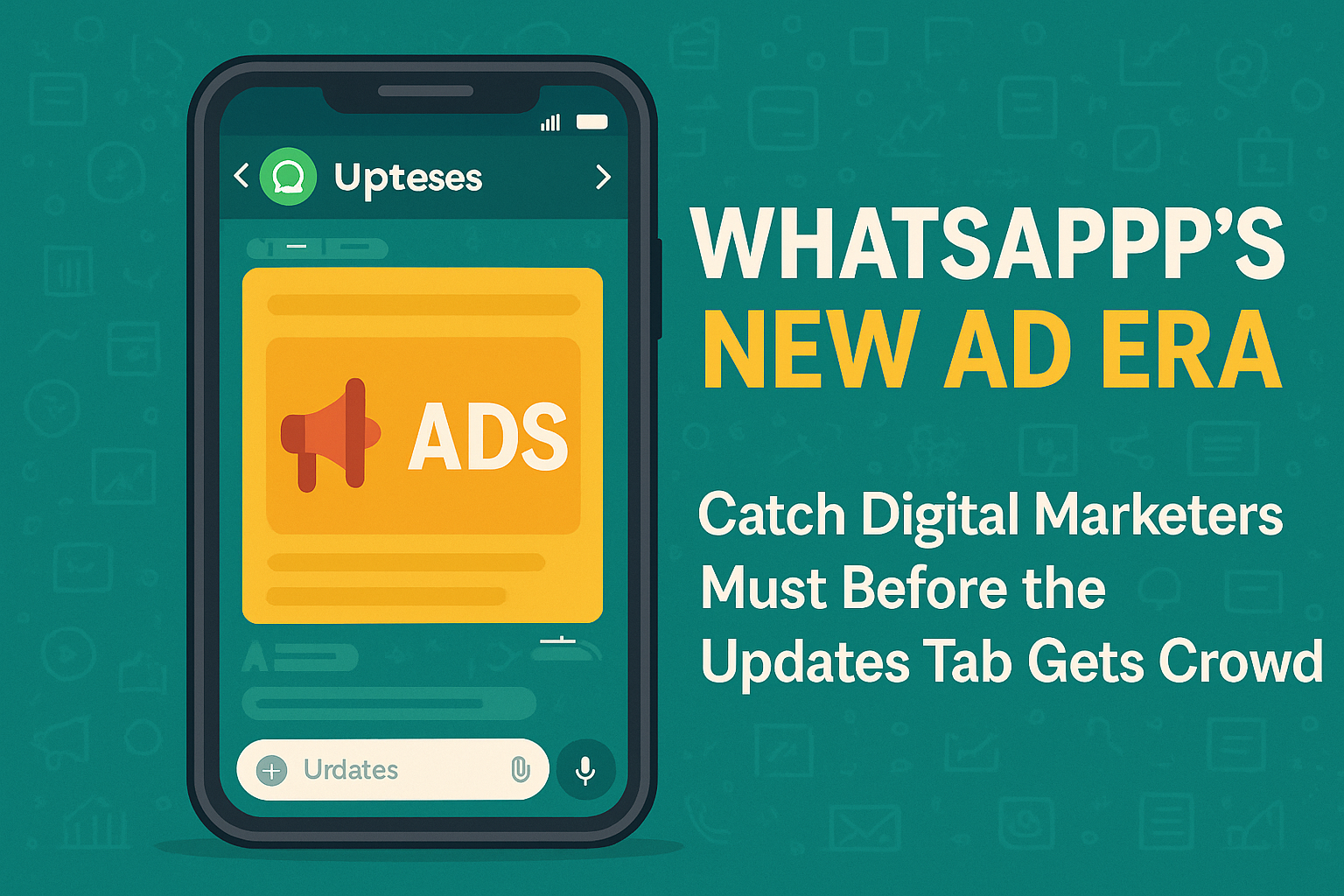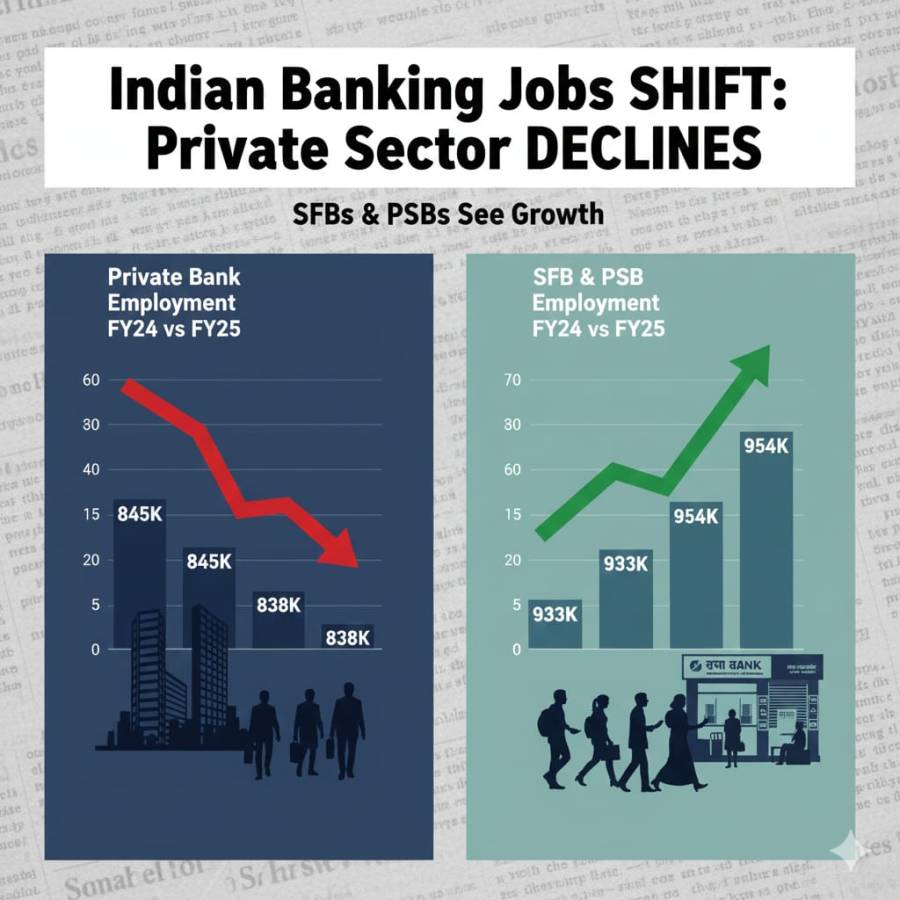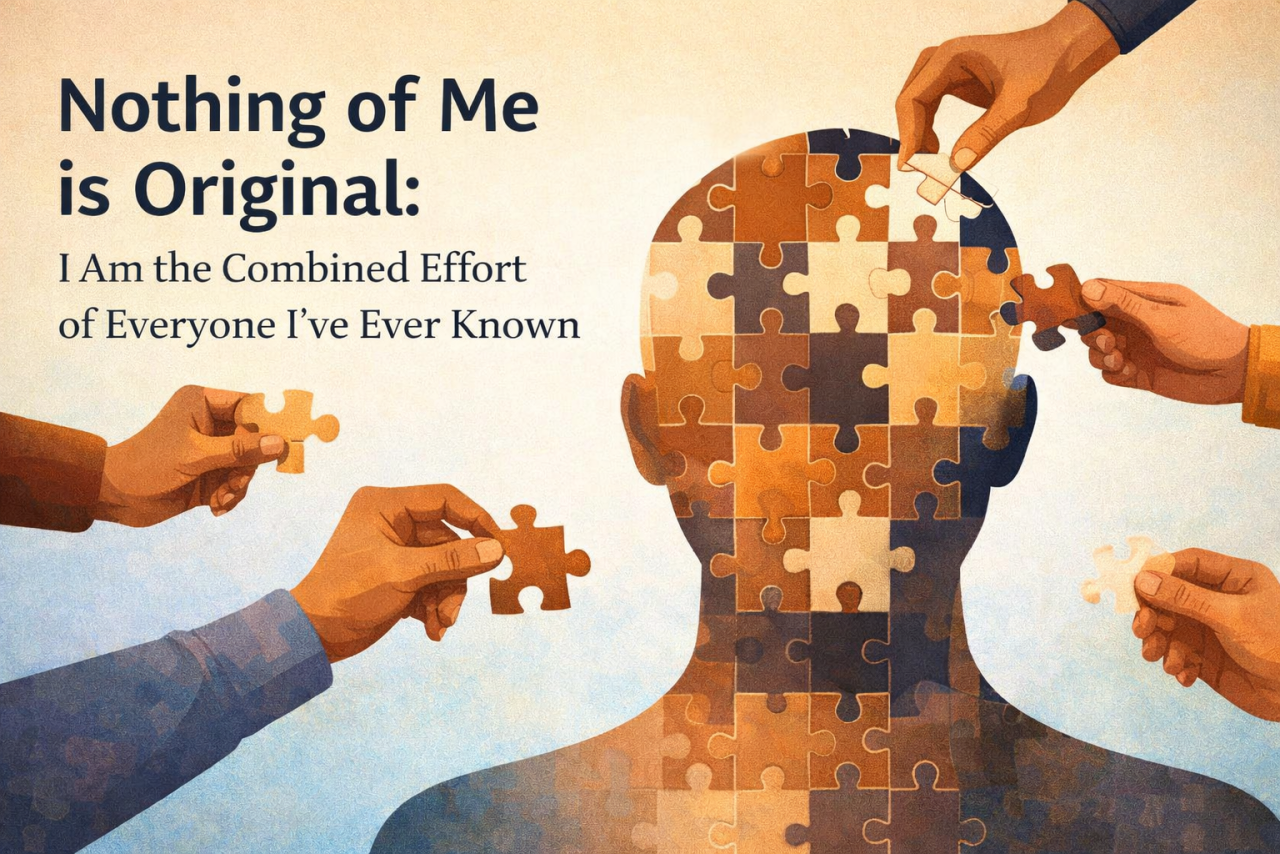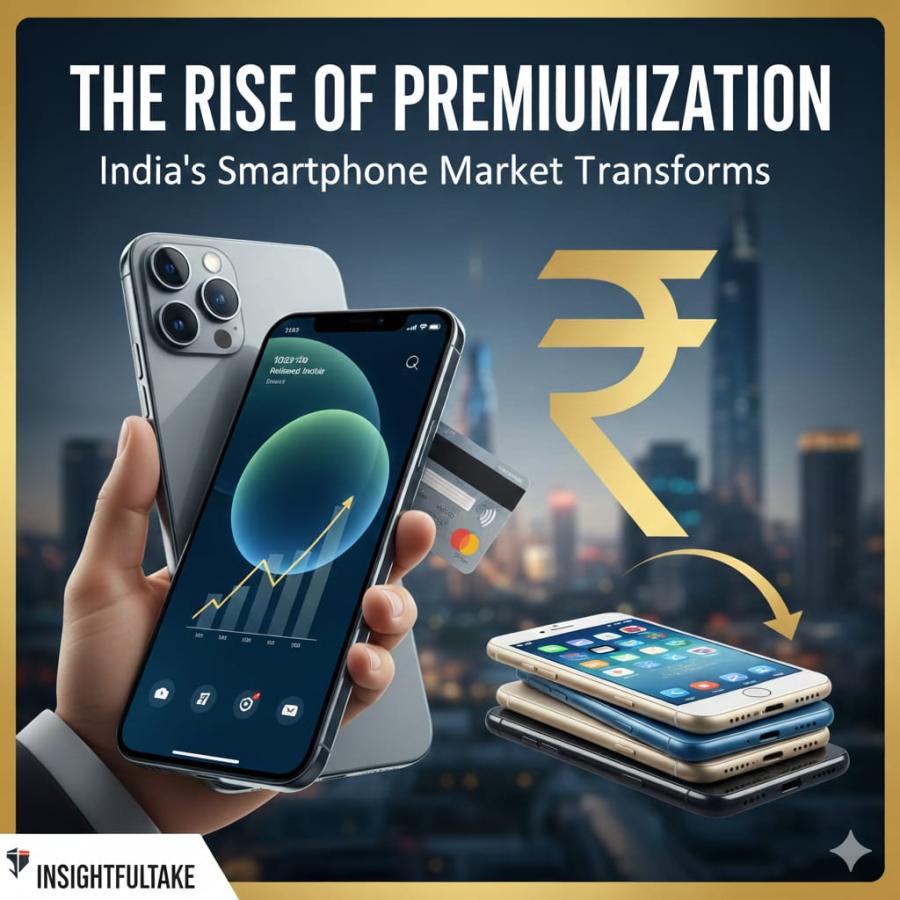
In a big shift, WhatsApp has officially announced that it will start showing advertisements inside its app. Meta Platforms, the company that owns WhatsApp, wants to turn its massive user base into a steady source of income. With more than 1.5 billion users checking WhatsApp daily, this move could open new doors for business promotions and marketing strategies.
But before users panic at this development, your personal chats are safe. The ads will not appear in your private messages, calls, or statuses. Instead, they will be shown only in the “Updates” tab, where channels and status updates appear. WhatsApp confirmed that personal messages remain end-to-end encrypted, and ads won’t be targeted based on what people say or share privately.
For digital marketers, startups, and business owners, this change creates fresh opportunities. Ads will be targeted based on user interests, location, age, language, and the kind of content they follow in channels. That means businesses can reach the right people more accurately—without invading their private space.
Interestingly, this move comes from a platform whose founders, Jan Koum and Brian Acton, once strongly opposed advertisements. Back in 2009, they promised that WhatsApp would remain ad-free forever. But everything changed after Facebook bought WhatsApp in 2014. Since then, Meta has been searching for ways to make WhatsApp generate revenue—and now, it’s finally happening.
And the changes don’t stop at ads.
WhatsApp has also introduced new monetization tools for Channels. Creators and business owners will now be able to charge monthly subscription fees for sharing exclusive updates. This means a fitness trainer, for example, could offer private tips or workout plans through a paid WhatsApp Channel. Similarly, a startup founder could share insider content or product previews with their loyal audience.
In addition, businesses can now pay Meta to promote their Channels, helping them appear more prominently and attract new followers. For many, this is a powerful new way to grow a brand or build a community without depending on external websites or email lists.
For professionals who rely on digital tools to grow their brand, these features are a mix of good news and new challenges. On one hand, it’s a great way to reach new audiences right inside an app that people already trust and use daily. On the other hand, it means the competition for attention will grow. Channels that don’t offer clear value or content may struggle to gain subscribers.
There are also concerns. Ads may be limited to the Updates tab for now, but users will be watching closely to see whether this eventually expands to other parts of the app. Meta insists it won’t use personal messages or group data for ad targeting, but some privacy-conscious users might still be uncomfortable.
Having said that, the launch is being handled with caution. WhatsApp knows its strength lies in user trust, and any shift that feels too commercial could backfire. That’s why the ads are rolling out gradually, in a specific space, with no disruption to the personal messaging experience.
In the end, WhatsApp is no longer just a messaging app. It’s becoming a full-blown platform—where content, advertising, updates, and conversations all live in one space. For digital-first professionals, this is a signal to rethink strategy. Whether you're a solo creator, small business, or marketing head, WhatsApp is now a place to grow—not just talk.
If used smartly, these changes can unlock growth for professionals willing to experiment. The key is to provide value, stay authentic, and use these tools as part of a broader digital strategy.





















